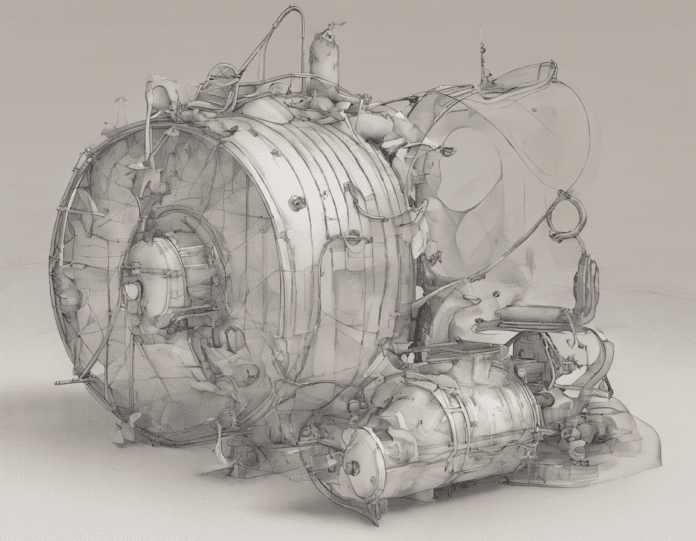In the realm of algebra, one of the most fascinating expressions to work with is the difference of cubes. When we have an expression of the form (a-b)^3, where a and b are any two numbers or terms, we can expand it using a formula derived from the pattern of algebraic multiplication. This process of expanding a difference of cubes is not only mathematically elegant but also serves as a foundational concept in algebraic manipulation. In this comprehensive guide, we will delve into the intricacies of expanding a difference of cubes, explore the underlying principles, and provide a step-by-step breakdown of the process.
Understanding the Difference of Cubes
Before we dive into the expansion of (a-b)^3, let’s first understand the concept of a difference of cubes. In algebra, a difference of cubes refers to an algebraic expression in the form of a^3 – b^3. This expression can be factored into (a – b)(a^2 + ab + b^2), which follows a specific pattern that arises from the multiplication of two binomials.
The Formula for Expanding (a-B)^3
Expanding a difference of cubes (a – b)^3 involves applying the formula derived from the pattern of algebraic multiplication. The formula for expanding (a – b)^3 is:
(a – b)^3 = a^3 – 3a^2b + 3ab^2 – b^3.
Step-by-Step Breakdown of the Expansion
To expand (a – b)^3, we follow a systematic approach by applying the formula. Let’s break down the process step by step:
- Cube the First Term: Start by cubing the first term, which gives us a^3.
- Multiply the Square of the First Term by the Second Term: Multiply the square of the first term (a^2) by the second term (b), and then multiply the result by -3. This gives us -3a^2b.
- Multiply the First Term by the Square of the Second Term: Multiply the first term (a) by the square of the second term (b^2), and then multiply the result by 3. This gives us 3ab^2.
- Cube the Second Term: Cube the second term, which gives us -b^3.
By following these steps and combining the results, we obtain the expanded form of (a – b)^3 as a^3 – 3a^2b + 3ab^2 – b^3.
Importance of Expanding Difference of Cubes
Expanding a difference of cubes is not just a mathematical exercise; it has practical applications in various fields. From simplifying complex algebraic expressions to solving equations and identifying patterns in mathematical structures, the ability to expand a difference of cubes is a valuable skill for students, mathematicians, and professionals alike.
Practical Examples and Applications
To solidify our understanding, let’s work through a few practical examples of expanding a difference of cubes:
Example 1:
Expand (2x – 3)^3.
Solution:
(2x)^3 – 3(2x)^2(3) + 3(2x)(3)^2 – (3)^3
= 8x^3 – 36x^2 + 54x – 27
Example 2:
Expand (a + 5)^3.
Solution:
(a)^3 + 3(a)^2(5) + 3(a)(5)^2 + (5)^3
= a^3 + 15a^2 + 75a + 125
By working through these examples and practicing more exercises, you can enhance your skills in expanding difference of cubes and tackle more complex algebraic problems with confidence.
Key Takeaways
- The difference of cubes refers to an algebraic expression of the form a^3 – b^3.
- Expanding (a – b)^3 follows the formula: a^3 – 3a^2b + 3ab^2 – b^3.
- Understanding the process of expanding a difference of cubes is essential for algebraic manipulation and problem-solving.
FAQs (Frequently Asked Questions)
-
What is the difference of cubes formula used for?
The formula for expanding a difference of cubes is used to simplify algebraic expressions and solve equations involving the cube of terms. -
Can the formula for expanding a difference of cubes be applied to more than two terms?
No, the formula specifically applies to the difference of two cubes (a^3 – b^3). -
How does expanding a difference of cubes relate to factoring?
Expanding a difference of cubes is essentially the reverse process of factoring a^3 – b^3 into (a – b)(a^2 + ab + b^2). -
Why is it important to understand the concept of difference of cubes in algebra?
Understanding the difference of cubes concept is crucial for simplifying expressions, solving equations, and recognizing patterns in algebraic structures. -
Are there any shortcuts or tricks for expanding a difference of cubes?
While there are no shortcuts, practicing the formula and working through examples can help improve proficiency in expanding difference of cubes.
By mastering the technique of expanding a difference of cubes, you can strengthen your algebraic skills and approach complex mathematical problems with ease and confidence.

